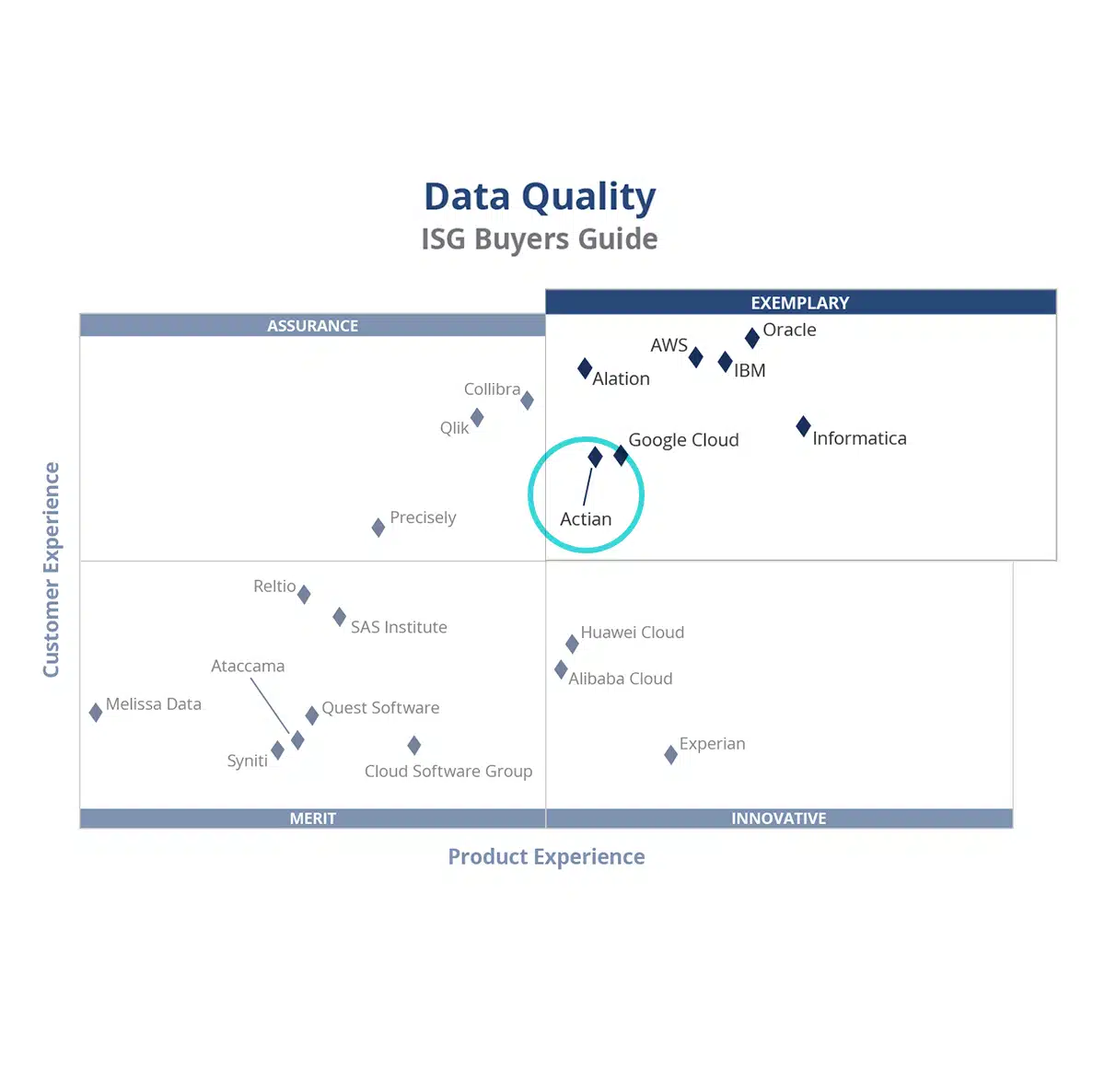Businesses are constantly looking for ways to optimize decision-making. Prescriptive analytics is a powerful tool that goes beyond other types of analytics, like descriptive and predictive analytics, to provide actionable recommendations. By analyzing historical and real-time data, prescriptive analytics suggests the best course of action to make business decisions.
Understanding Prescriptive Analytics
Prescriptive analytics is the most advanced form of data analytics. While descriptive analytics explains what happened and predictive analytics forecasts future outcomes, prescriptive analytics recommends specific actions based on data-driven insights. By leveraging sophisticated algorithms, machine learning, and artificial intelligence, it enables organizations to make informed, proactive decisions.
Unlike predictive analytics, which only forecasts likely scenarios, prescriptive analytics explores multiple potential courses of action and identifies the optimal decision based on predefined business objectives. This makes it particularly valuable in industries where fast, data-backed decision-making is crucial.
How Prescriptive Analytics Works
Before we take a deeper dive into the inner workings of prescriptive analytics, here’s a brief look at the steps such analysis typically includes.
- Business objective. First, you set the specific objective you want to achieve or the question you want answered by the model.
- Data integration. Collect and integrate all the data sets that relate to your business objective. Include as much related information as possible. Having good data stewardship processes in place should make this step easier.
- Model. Whether you build a machine learning model from scratch or use an existing one, the process involves training the model from the high-quality datasets you’ve compiled.
- Action. Once you’ve trained your model and you’re satisfied with its accuracy in a test environment, the final step is to run your model in real world scenario to answer your business question and make an informed decision.
The Role of Algorithms and Models
Prescriptive analytics relies on complex mathematical and statistical models to analyze data. These models include optimization algorithms, simulation models, and machine learning techniques that assess various scenarios to determine the best possible course of action. Some of the key techniques include:
- Linear programming helps optimize decision-making by finding the most efficient way to allocate limited resources.
- Decision trees evaluate different decision paths based on probabilities and potential outcomes.
- Monte Carlo simulations model various possible outcomes based on random variables to assess risks and probabilities.
- Neural networks use machine learning to recognize patterns and make intelligent predictions.
Integration With Predictive Analytics
Prescriptive analytics builds upon predictive analytics by taking forecasts and translating them into actionable recommendations. While predictive models estimate what is likely to happen, prescriptive models determine the most effective response to those predictions.
For instance, predictive analytics may forecast an increase in customer demand for a product, while prescriptive analytics would suggest the best inventory management strategy to prevent stockouts while minimizing excess inventory costs.
Data Sources and Processing
Prescriptive analytics pulls data from multiple sources, including:
- Structured databases such as CRM systems and financial records.
- Unstructured data like social media interactions and customer reviews.
- Real-time device data from sensors and smart devices.
- External data sources such as market trends, economic indicators, and weather forecasts.
This data is then processed using big data technologies, cloud computing, and AI-driven algorithms to generate actionable insights in real time.
Benefits of Prescriptive Analytics
Ultimately, the use of prescriptive analytics is designed to boost your organization and improve outcomes. Below are a few of the key benefits of using this type of analysis when making business decisions.
Enhanced Decision-Making
By providing data-driven recommendations, prescriptive analytics reduces guesswork and enables organizations to make faster, more accurate decisions. Companies can proactively address challenges, rather than reacting to issues after they arise.
Operational Efficiency
Prescriptive analytics streamlines processes by optimizing workflows, resource allocation, and supply chain management, leading to cost savings and improved efficiency. Organizations can identify inefficiencies and reallocate resources effectively to maximize output.
Risk Management
By analyzing various risk factors and suggesting mitigation strategies, prescriptive analytics helps businesses proactively manage risks and minimize potential disruptions. In industries like finance and cybersecurity, this is critical for identifying fraud, managing investments, and enhancing security protocols.
Real-World Applications of Prescriptive Analytics
Prescriptive analytics is used in virtually every industry. Some of the most common use cases are listed below.
Healthcare
In the healthcare industry, prescriptive analytics assists in personalized treatment plans, optimizing hospital operations, and improving patient outcomes by analyzing medical history and real-time patient data. Hospitals use it to predict patient admission rates and adjust staffing accordingly, ensuring efficient resource allocation.
Finance
Financial institutions use prescriptive analytics for fraud detection, risk assessment, investment strategies, and credit scoring, helping them make informed financial decisions. Banks leverage prescriptive models to optimize loan approvals by assessing a borrower’s creditworthiness based on past behavior.
Retail
Retailers leverage prescriptive analytics to optimize inventory management, pricing strategies, and customer engagement, ensuring a better shopping experience and increased profitability. For example, e-commerce companies use prescriptive analytics to suggest personalized product recommendations based on browsing history and purchasing behavior.
Challenges and Considerations
Before implementing prescriptive analytics in your organization, it’s best to consider the challenges that you may face.
Data Quality and Availability
Prescriptive analytics requires high-quality, accurate data to generate reliable insights. Inconsistent or incomplete data can lead to flawed recommendations. Organizations must invest in robust data governance frameworks to ensure data integrity and reliability.
Complexity of Implementation
Integrating prescriptive analytics into existing systems requires technical expertise and robust infrastructure, which can be challenging for some organizations. Businesses must ensure they have the necessary computational power, skilled personnel, and a well-defined implementation strategy.
Ethical and Privacy Concerns
With increased data usage, organizations must ensure data privacy, ethical AI usage, and regulatory compliance to maintain customer trust and avoid legal issues. Transparency in AI decision-making and adherence to data protection laws such as GDPR, HIPAA, and CCPA are essential.
Prescriptive Analytics and the Future
The world of data analysis and machine learning is constantly changing to keep up with current technologies and capabilities. By staying up to date with prescriptive analytics, businesses can help ensure they consistently have the best-in-class decision making processes in place.
Integration With Artificial Intelligence
AI-powered analytics will enhance automation, improve decision-making, and enable self-learning systems that adapt to dynamic business environments. By combining AI with prescriptive analytics, businesses can develop advanced chatbots, autonomous decision-making systems, and AI-driven forecasting models.
Expansion Across Industries
As technology advances, prescriptive analytics likely will see wider adoption across industries, including manufacturing, logistics, and energy, driving innovation and efficiency. For example, in logistics, prescriptive analytics can be used for route optimization, fleet management, and real-time delivery adjustments to minimize delays and fuel consumption.
How Actian Empowers Your Business to Use Prescriptive Analytics
Prescriptive analytics is transforming how businesses make decisions by providing actionable recommendations based on data-driven insights. With its ability to enhance efficiency, manage risks, and drive innovation, it is becoming an essential tool for modern enterprises. By integrating technologies and solutions like those offered by Actian, businesses can unlock new opportunities and optimize their operations for long-term success.
Actian provides advanced data management solutions that enable businesses to harness prescriptive analytics effectively. With high-performance analytics, real-time data integration, and AI-driven insights, Actian helps organizations optimize decision-making and drive growth. By leveraging Actian’s solutions like the Actian Data Intelligence Platform, businesses can unlock the full potential of prescriptive analytics and stay ahead in a competitive landscape.



